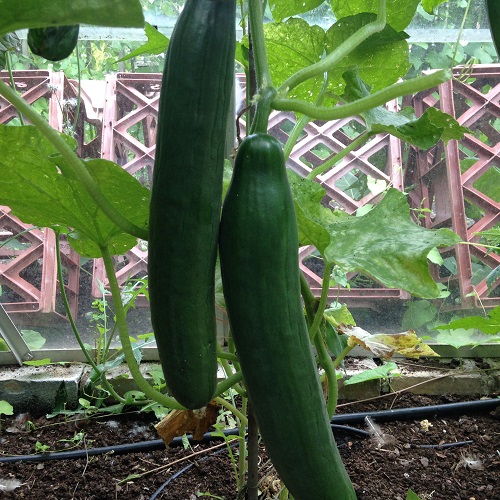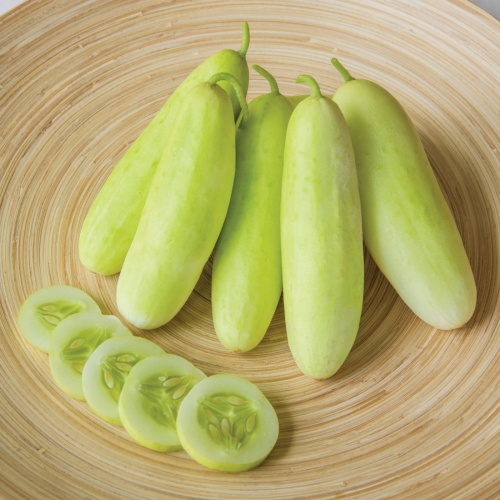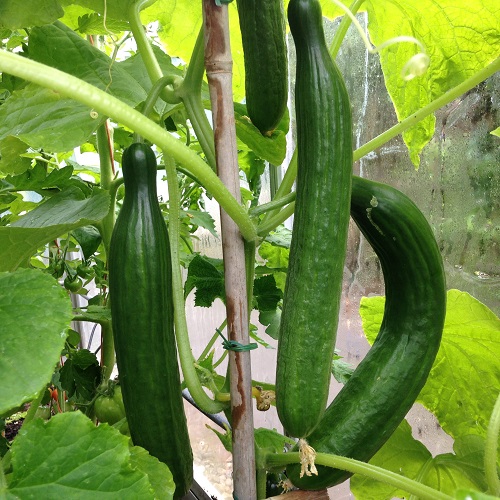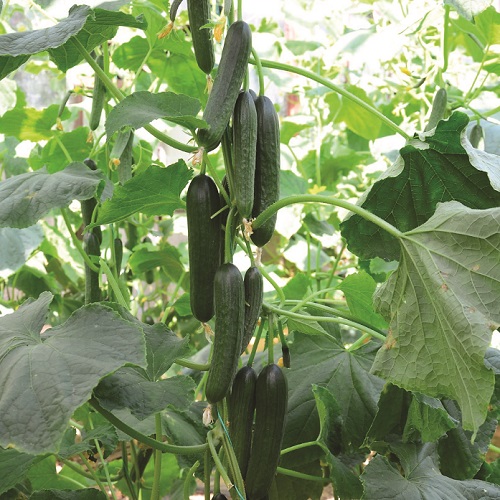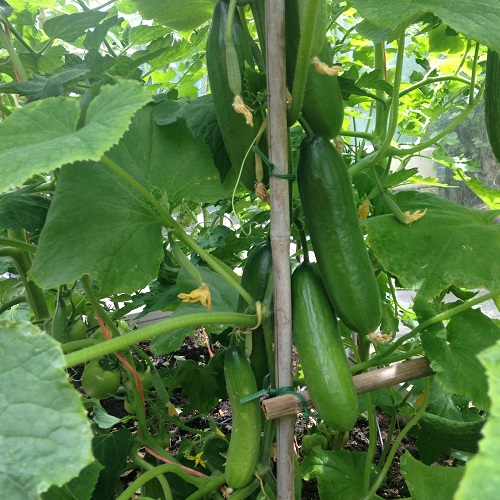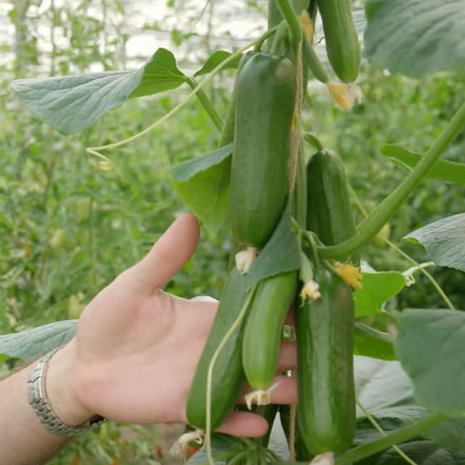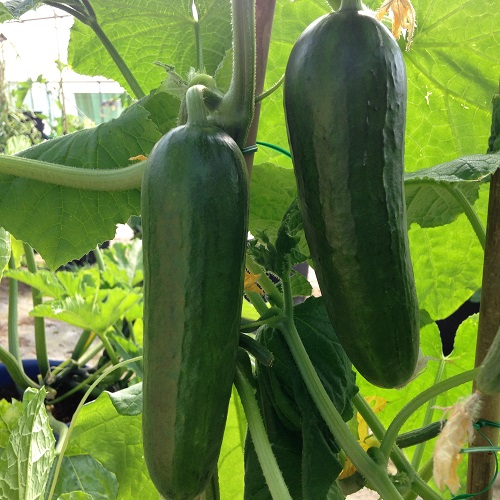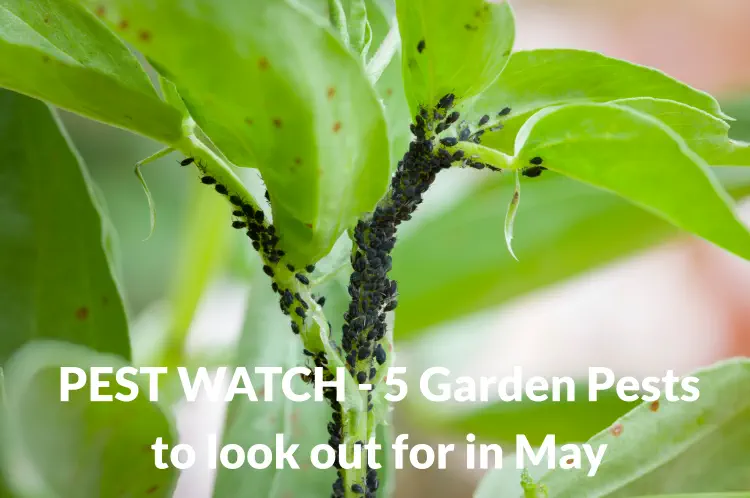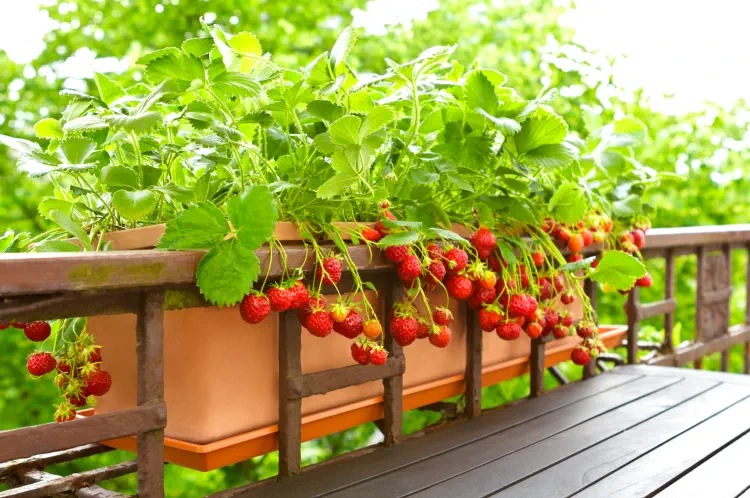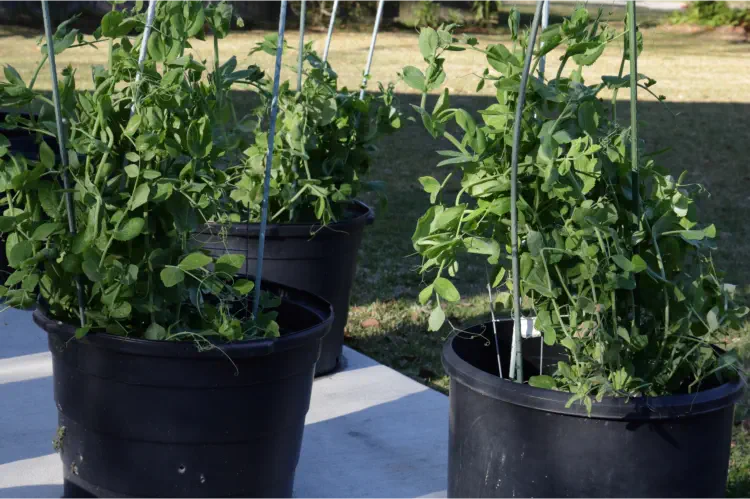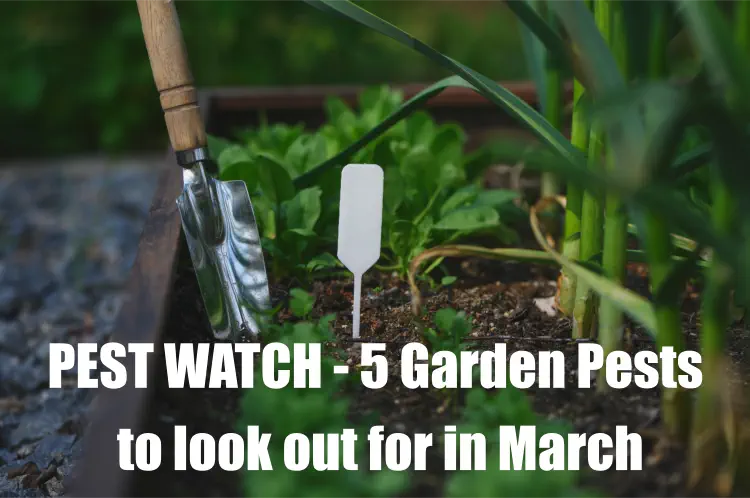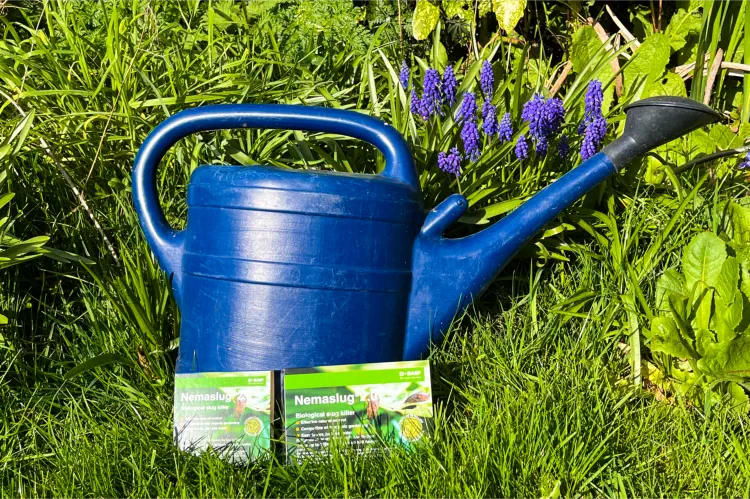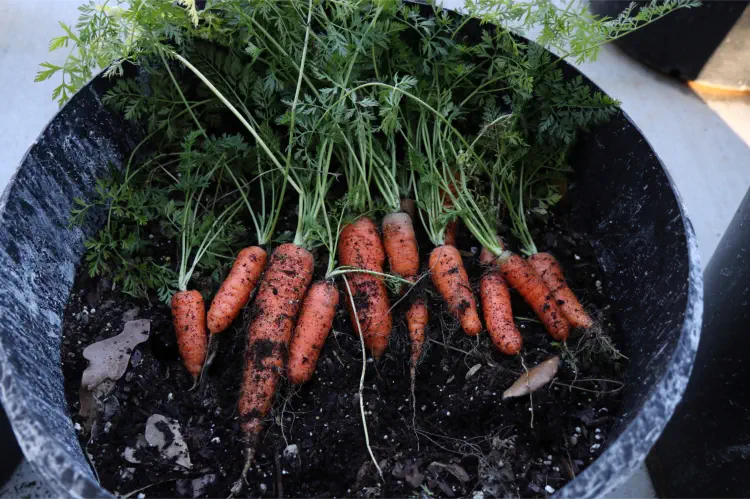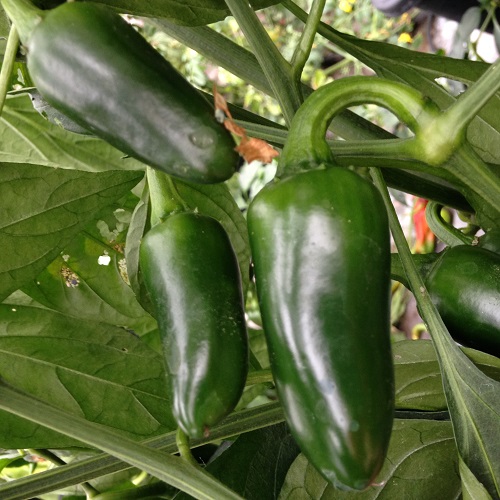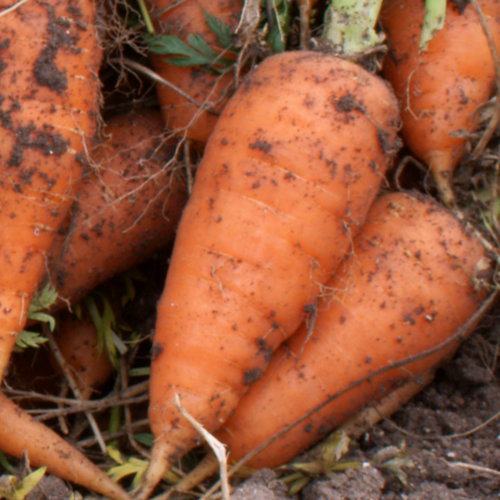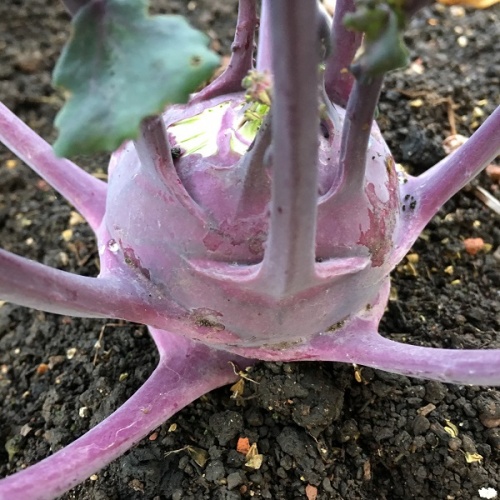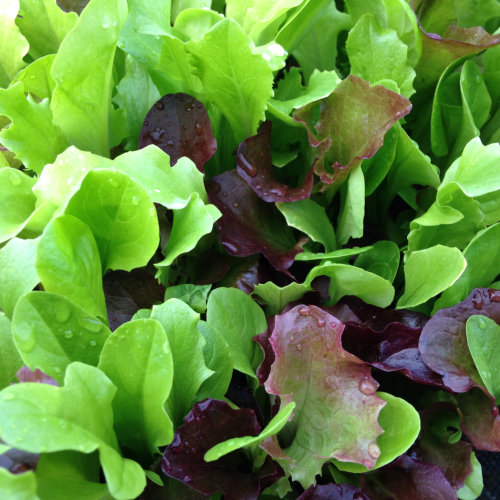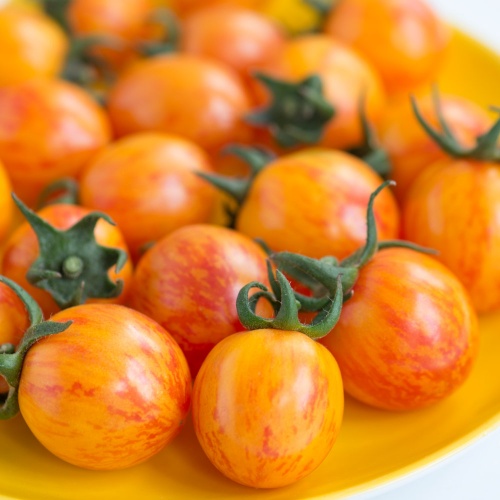As spring unfolds and the garden bursts into life, May heralds a time of vibrant growth and abundant blooms. However, amidst the verdant splendor, gardeners must remain vigilant against the resurgence of common pests eager to feast on tender foliage and burgeoning crops.
Best Cucumber Seeds For The Greenhouse
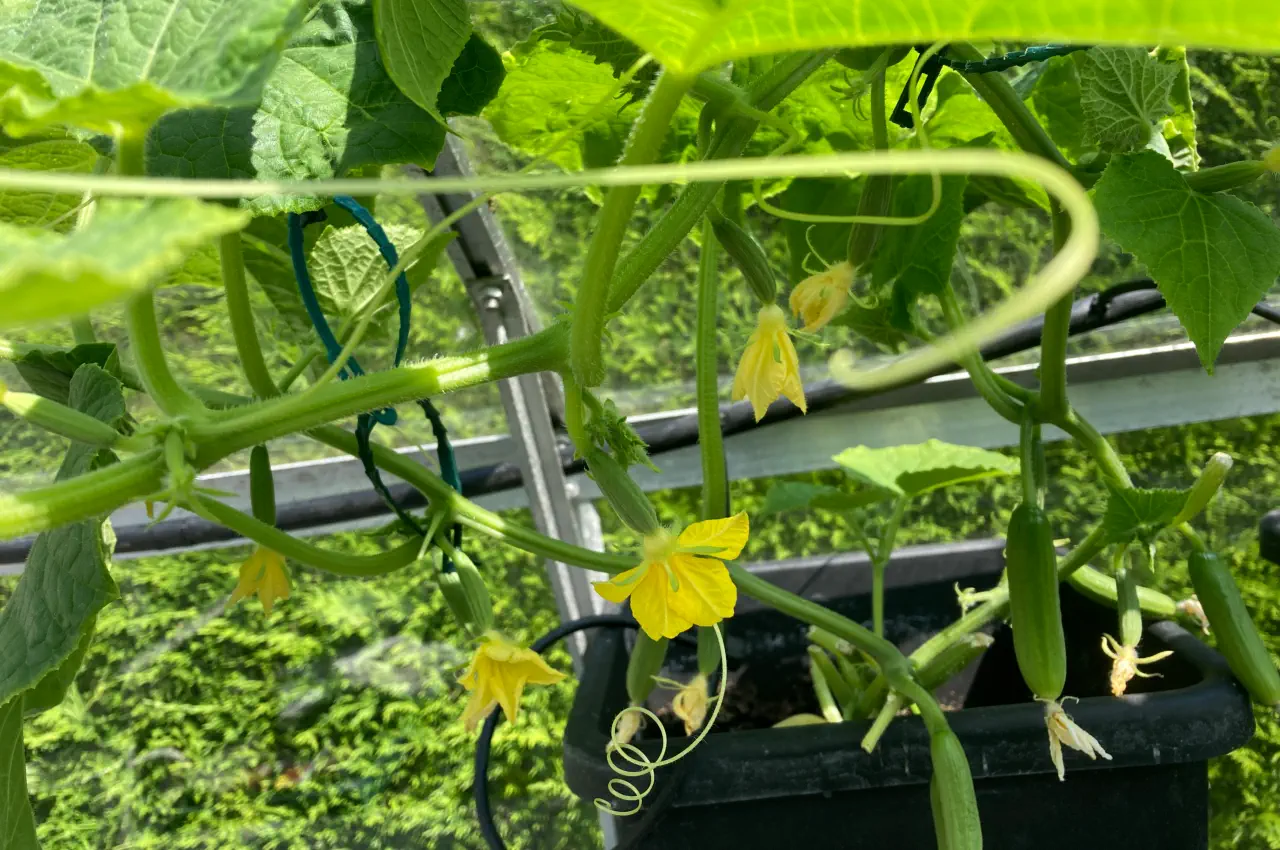
It’s difficult to imagine a summer salad as being complete without the addition of cucumber slices. They also complement a whole host of sandwich fillings perfectly, such as cheese, ham, egg, salmon and many more. Over the generations, cucumbers have found their way into stir fries, soups, relishes, meat, fish, pasta and sea food dishes as well as smoothies and pickles. As versatile as the cucumber might be, the old-fashioned cucumber sandwiches still takes some beating, especially during the warm summer months.
There are many reasons why you should consider growing cucumbers with the best one being, they are very easy to grow under cover and outdoors. However, if you prefer your cucumbers to be long and smooth then greenhouse grown cucumbers will fit the bill perfectly. Generally, for a small to medium size family, you won’t need many cucumbers, unless you intend to give them away to friends and family or even sell them. For greenhouse grown plants, you can usually expect around 15 cucumbers per plant, on average, providing conditions are favourable.
What do cucumbers need to succeed?
Cucumbers like plenty of sun. Usually around 6 hours a day will provide optimum results and because the fruits consist of around 96% water, they obviously need plenty of water too. During the growing period, cucumbers are ravenous feeders because they grow so quickly and therefore need plenty of energy. They will also need some support otherwise the plants will sprawl all over the greenhouse staging or over the floor. So, before you decide to grow cucumbers in a greenhouse, take into consideration their needs in terms of light, heat, water, feed and support.
Cucumbers can be successfully grown in large pots or other containers in a greenhouse or directly into a bed or border of soil. Growing bags will also produce good plants but take care and ensure they get enough water and feed as growing bags have a limited volume of growing medium. If you much prefer to grow your plants into a greenhouse bed or border then it’s best to incorporate plenty of organic matter into the soil, which will help retain moisture and provide a natural supply of feed.
To pollinate or not to pollinate.
Another consideration when selecting any particular variety of cucumber is whether you will need to pollinate the female flowers. Most cucumber plants, especially older varieties, are described as Monoecious, which means they will produce both male and female flowers on the same plant. They can be grown under cover or outdoors and the female flowers need to be pollinated. To be certain of pollination you can use a soft-hair paintbrush to transfer pollen from the male flowers to the female flowers. The female flowers are identified by a small bulbous swelling below the flower.
If you don’t have time to do this effectively, then consider buying a self-pollinating variety. These are known as Gynoecious or Parthenocarpic cucumbers, which simply means they don’t require pollination. Self-pollinating cucumbers produce an overwhelming number of female flowers, which begs the question, why do we need to pollinate at all? Actually and for the most part, we don’t. This might sound confusing and there is conflicting information on this subject all over the Internet, so let’s put the record straight once and for all.
Selecting a suitable variety of cucumber for growing in your greenhouse.
Almost all modern F1 greenhouse grown varieties of cucumber do not need pollination and any male flowers should be removed. Otherwise, the resulting fruits could taste bitter. However, other varieties, especially outdoor varieties do need pollinating so that the fruits grow and swell as they produce seeds. If not pollinated the fruits will not mature and very often die before withering on the plant. It’s well to note that all cucumbers can produce a bitter taste if the plants become stressed, for example, through lack of watering, insufficient feeding or low temperatures.
So what would be the best varieties to choose for growing in a greenhouse that don’t need pollinating and are unlikely to taste bitter? Well, any all-female varieties is the answer and it’s no surprise why these are more popular than any of the older varieties. That said, some gardeners still prefer one or two of the older varieties and are quite happy to diligently hand-pollinate the female flowers as soon as they are formed. For anyone new to growing cucumbers the all-female F1 hybrids are your best bet.
Recommended Varieties to Grow from SimplySeed.
We recommend the following varieties for growing cucumbers in the greenhouse.
Cucumber Femspot is one of the best selling varieties for the home.....
Packet Content: 5 Seeds
Cucumber Mini Munch produces a high yield of 'snack sized' fruits.....
Packet Content: 5 Seeds
Cucumber Party Time produces a high yield of 'snack sized' fruits.....
Packet Content: 5 Seeds
Growing your cucumber plants
Once you have chosen your cucumber varieties, the next thing to focus on is getting them to a strong and healthy size. If you have a heated greenhouse, sow your cucumber seeds in pots from mid-February to mid-March, otherwise you can sow them in a cold greenhouse in a propagator or on a warm windowsill during April or May. Sow one seed per 7.5cm pot of seed compost by laying them on their side and cover with 1cm of compost. Apply water and if you prefer, you can cover the pots with Clingfilm to help retain moisture.
Allow the seedlings to grow until they have developed their first pair of true leaves and then pot them on into 25cm size pots of quality compost. Water the young plants regularly and when the first flowers appear begin to apply a liquid feed every 2 weeks. You can use canes, strings or trellis to support the plants which will grow very fast during the warmer weather. On very warm days damp down the green house staging and floor by applying water from a watering can. Try not to splash the leaves as this could cause scorching.
Aftercare
Look out for known pests such as whitefly and treat accordingly. A biological control of whitefly is better than a chemical control but if you need to use a pesticide then ensure it is safe to use on edible fruits. Keep the growing areas free of weeds and remove any dead or yellowing leaves from the plants to reduce the possibility of spreading fungal diseases. You can usually begin harvesting your cucumbers after 12 weeks.
What is your favourite Cucumber variety? Leave a comment below and let everyone know....
All blog content on this page is copyright of SimplySeed and is not to be reproduced without prior written permission. ©

